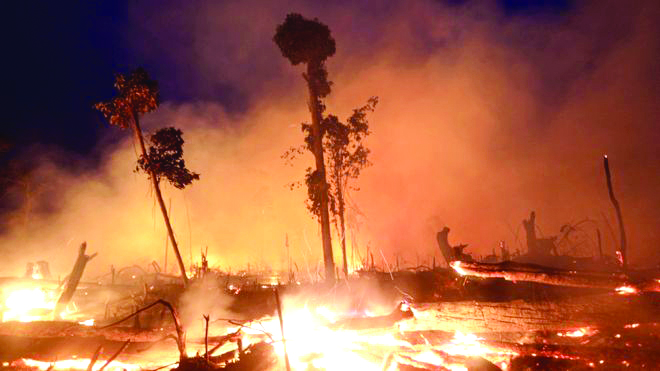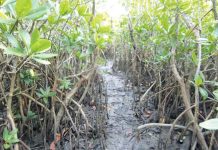
Countries in South America are meeting to discuss some ways on how to respond to the fires across the Amazon basin.
However, the Amazon is not the only forest ablaze. Vast forests in Russia, Asia and Africa have been burning.
The extent of the fires has sparked outrage around the world.
But is the scale of these fires unprecedented or have there been years in which they have been more extensive?
Satellite data shows that although fires this year have wrought significant damage to the environment, they have been worse in the past.
Amazon ablaze
Around 60 percent of the Amazon rainforest is in Brazil.
Data from the Brazilian National Institute for Space Research (Inpe) suggests that the number of fires between January and August 2019 is double that of the same period last year.
A record-breaking number of fires across Brazil were initially reported. However, this claim did not reflect all the historical data available.
Although it is the highest number of fires for almost a decade, it is actually lower than the period of 2002 to 2010.
The data for 2019 up to the end of August, and the overall area burnt for those eight months is 45,000 square kilometers. This has already surpassed all the area burnt in 2018, but appears unlikely to reach the peaks seen in the previous decade.
Siberia fires
The environmental campaign group Greenpeace has called the fires that have engulfed the Russian region of Siberia this year one of the worst outbreaks of the century.
The cloud of smoke generated was reported to have been the size of all the European Union countries combined.
Forest fires in Siberia are common in the summer, but record-breaking temperatures and strong winds have made the situation particularly bad.
Russia’s Federal Forestry Agency says more than 10 million hectares (100,000 square kilometers) have been affected since the start of this year, already exceeding the total of 8.6 million for the whole of 2018.
That year was called the worst in recent times by Russian state media, but drawing on data for the number of fires, it is clear that there have been worse years, notably in 2003 and 2012.
Indonesia’s fire season
Indonesia is currently in the throes of the so-called fire season, which coincides with the driest months of the year.
It is home to some of the world’s most biodiverse and oldest tropical forests.
Using satellite data, more than 20,000 fires have been detected so far this year, according to Dr. Tadas Nikonovas, a geographer at Swansea University.
But this is substantially fewer than the number recorded in 2015, exacerbated by the El Niño effect which brought unusually dry weather.
In Indonesia, peatland is often set alight by corporations and small-scale farmers to clear land for palm oil, pulp and paper, and can spread into protected forested areas.
Sub-Saharan Africa
NASA satellites have identified thousands of fires in Angola, Zambia and Democratic Republic (DR) of the Congo.
However, these have not reached record levels.
“I don’t think there’s any evidence that the fires we’re seeing in Africa are worse than we’ve seen in recent years,” said Denis McClean of the United Nations Disaster Risk Reduction agency.
According to data analyzed by Global Forest Watch, fires in DR Congo and Zambia are just above average for the season but have been higher in past years.
In Angola, however, fires have been reported at close to record levels this year.
Some have drawn comparisons with the situation in the Amazon, but the fires in sub-Saharan Africa are different.
Take DR Congo – most fires are being recorded in settled parts of the country’s southern, drier forest and savannah areas, and so far not in tropical rainforest.
Experts say it is difficult to know what is causing these fires, which are seasonal. Many are likely to be on grassland, woodland or savannah in poor farming communities.
“Fires are very important landscape management tools and are used to clear land for planting crops,” said Lauren Williams, a specialist in Central and West African forests at the World Resources Institute. (BBC)







